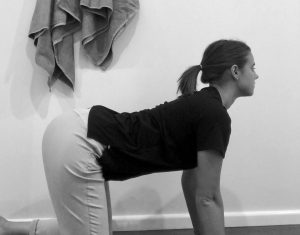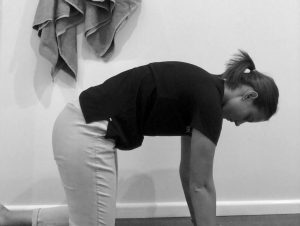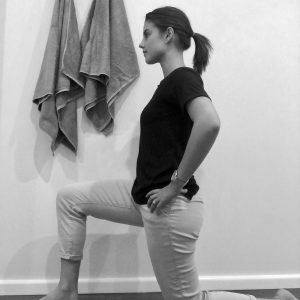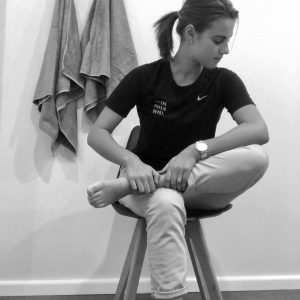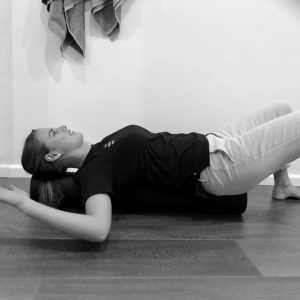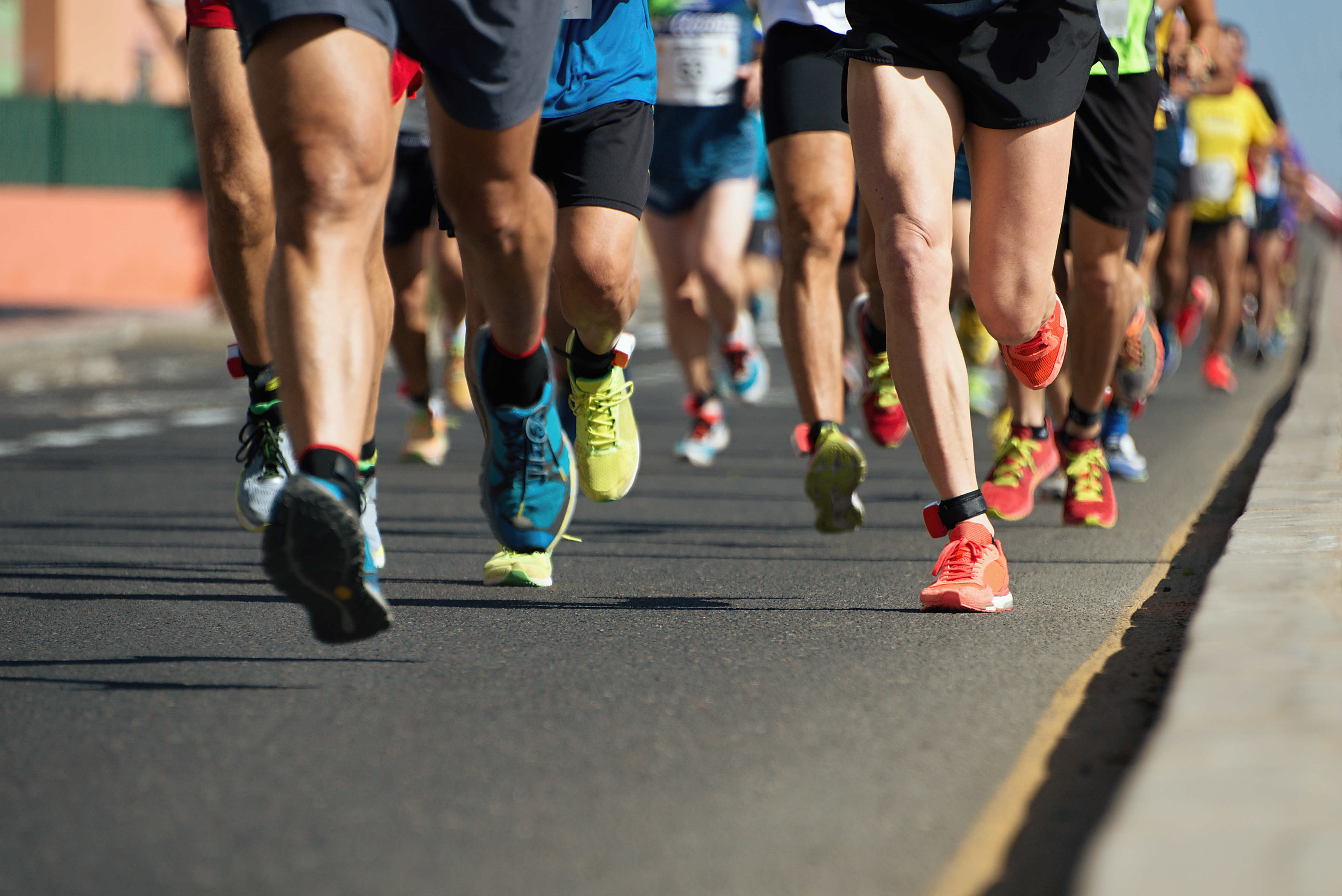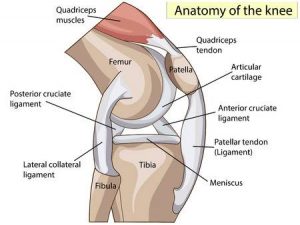Avoid an injury with these 6 tips!
- SLOW + STEADY WINS THE RACE
A sudden increase in training load is the number one reason people get injured running so take it slow. Aim for no more than a 10% increase load per week, when I say load this could be measured via time or distance. - DON’T NEGLECT YOUR STRENGTH TRAINING
Your muscles and tendons are exposed to very high loads when you run. Your calf may produce loads of up to 4-5 times your body weight when you run so get strong and you will reduce your likelihood of an injury. - FOOTWEAR
There is a maze of expensive footwear to confuse a new runner. As well as a range of different opinions about barefoot, supportive, ultra-gel cushioning, zero drop… And the list goes on! Just find something comfortable to start and this will be a process of trial and error until you find what works for you. It will depend on your type of training, foot muscle strength, terrain and distances you run each week. - INTENSITY MATTERS
If you’re new to running do not jump straight into speed work. Your body needs time to adjust to this type of training, so focus on 90% of your training being completed at an easy to moderate pace with periods of active recovery/walking. - REST
Your body will need more rest than a conditioned runner. Your raining gains are made when you recover so ensure you’re getting your 8 hours of sleep a night. Aim for no back to back running days in the first 3 months of your journey to running. - HAVE A GOAL
Create a plan for your running journey. Then you can create a system of increasing your running capacity each week for the desired outcome. This works well as you can calculate your weekly kilometres run in total and build this number slowly (see 10% rule above).
Happy Running!
If you need help with running injuries, running programming or strength training
Get in touch here www.thephysiodepot.com.au
Or Book an appointment here https://the-physio-depot.cliniko.com/bookings#service



